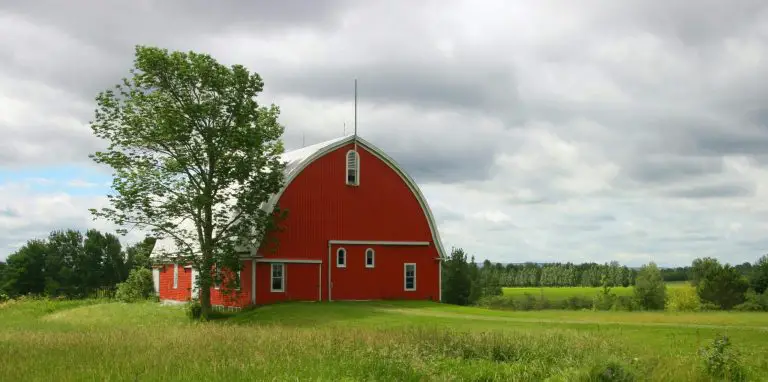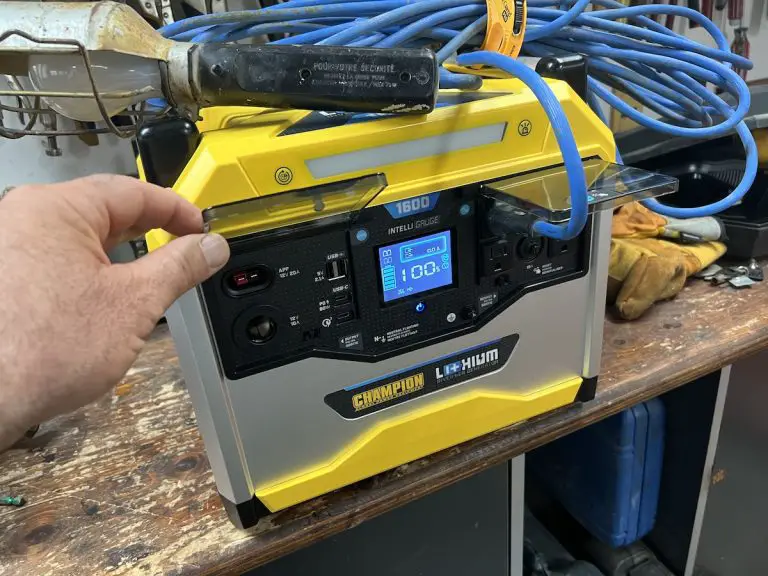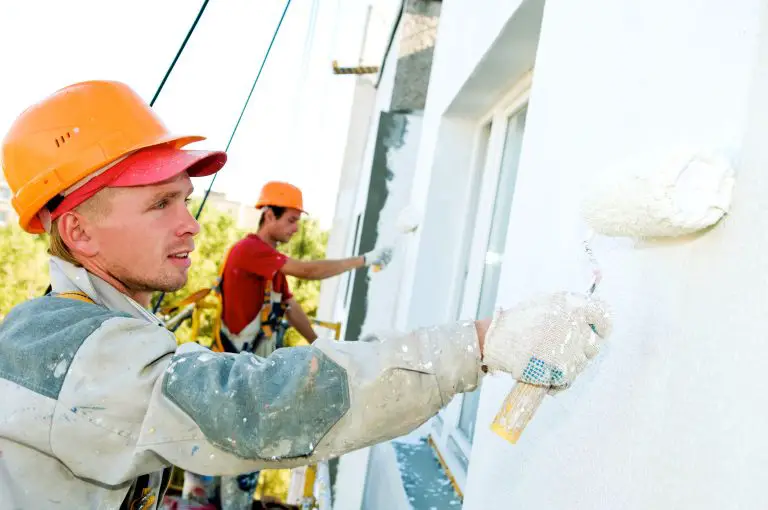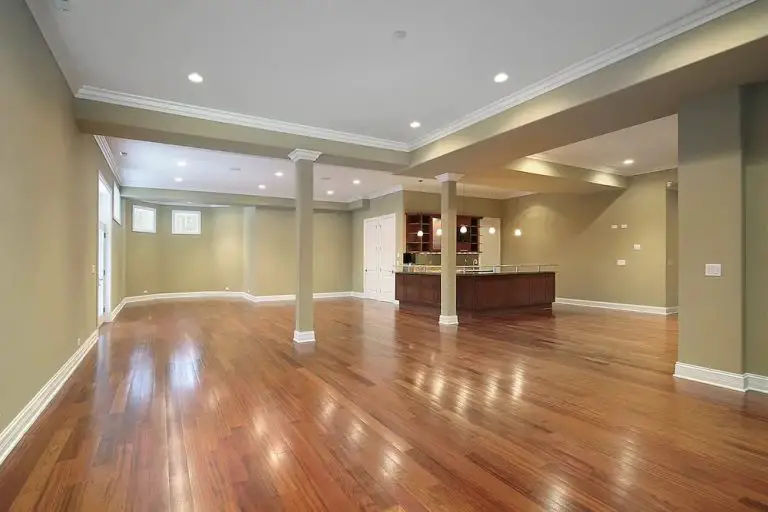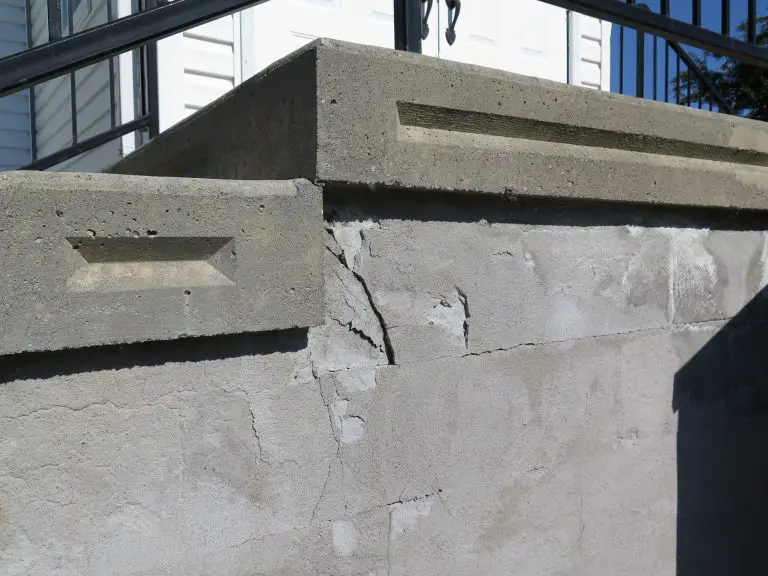That’s a question that a lot of people wonder about, but there’s no good answer. Here’s why:
The purpose of a vapour barrier is to keep warm, moist indoor air from entering a fiber-insulated framing cavity. If air infiltration was allowed to happen, the indoor air would cool as it moves towards the outside surface of the wall, eventually reaching the dew point. Liquid water droplets appear out of nowhere within the insulation when this happens, causing mildew, mold and rot. Preventing this dynamic is straightforward enough when you’re dealing with above-ground walls, but there’s added complications in basements.
Although the usual wintertime condensation hazard does exist in a basement, the outside walls themselves can be a source of moisture. Even when liquid water doesn’t actually leak in through the foundation wall, water vapour often does. And when any moisture enters a wall cavity sealed behind a vapour barrier, you’ve got mold city. It’s like sealing a wet blanket inside a plastic bag.
Vapour barrier or not, any kind of fiber-based insulation is risky to use in basements. It could work out or it might not. Waterproofing the inside of the foundation wall does reduce the risk, but leaks or vapour infiltration are still a distinct possibility. Most people never realize they’ve got mold within basement walls since it’s hidden. All they notice is a musty smell, not realizing the extent of the ugliness hidden behind the walls of the rec room.
Will you be installing drywall in the new basement? If you are, vapour barrier is a moot point. Painted drywall acts as a pretty good vapour barrier all on its own, preventing drying from occurring inside the wall cavity.
The bottom line is that given the situation you’ve got now, I’d put a vapour barrier on. It may help prevent condensation in the wall cavity during winter, and it will meet code. You just need to hope that no liquid or vapour water gets into the cavity from the foundation wall. All this is why foam-based insulation systems are much less risky in basements because the best don’t absorb significant amounts of liquid water, and they don’t allow internal condensation. They blend vapour barrier and substantial water resistance all in one.







